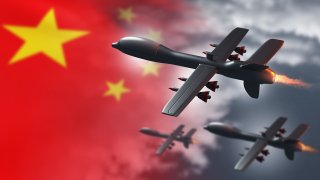What Taiwan Can Learn from the Houthis
New technologies in war often cut both ways.
In the long run, it is reasonable to expect that an optimal combination of purpose-built interceptor drones, EMP weapons, new EW capabilities, and/or advanced point defenses will provide a well-rounded solution to the CASM problem. However, given the potential for the rapid and secret production of these weapons—especially by China—and given the stakes involved in a blockade of the First Island Chain, we believe that multiple, redundant stopgap solutions, including increased stockpiles, should be pursued at the fastest possible pace. Finally, the large-scale deployment of friendly CASMs for anti-invasion work and for enforcing a counter-blockade on China seems likely to be a profitable course; new technology, after all, always cuts both ways.
About the Authors
Ben Ollerenshaw specializes in nuclear strategy and strategic studies in the International Security program at Macquarie University, Sydney, Australia. He can be reached at [email protected].
Dr. Julian Spencer-Churchill is an associate professor of international relations at Concordia University and the author of Militarization and War (2007) and Strategic Nuclear Sharing (2014). He has published extensively on Pakistan security issues and arms control and completed research contracts at the Office of Treaty Verification at the Office of the Secretary of the Navy and the then Ballistic Missile Defense Office (BMDO). He has also conducted fieldwork in Bangladesh, India, Indonesia, and Egypt and is a consultant. He is a former Operations Officer of the 3rd Field Engineer Regiment from the latter end of the Cold War to shortly after 9/11. He tweets at @Ju_Sp_Churchill.

